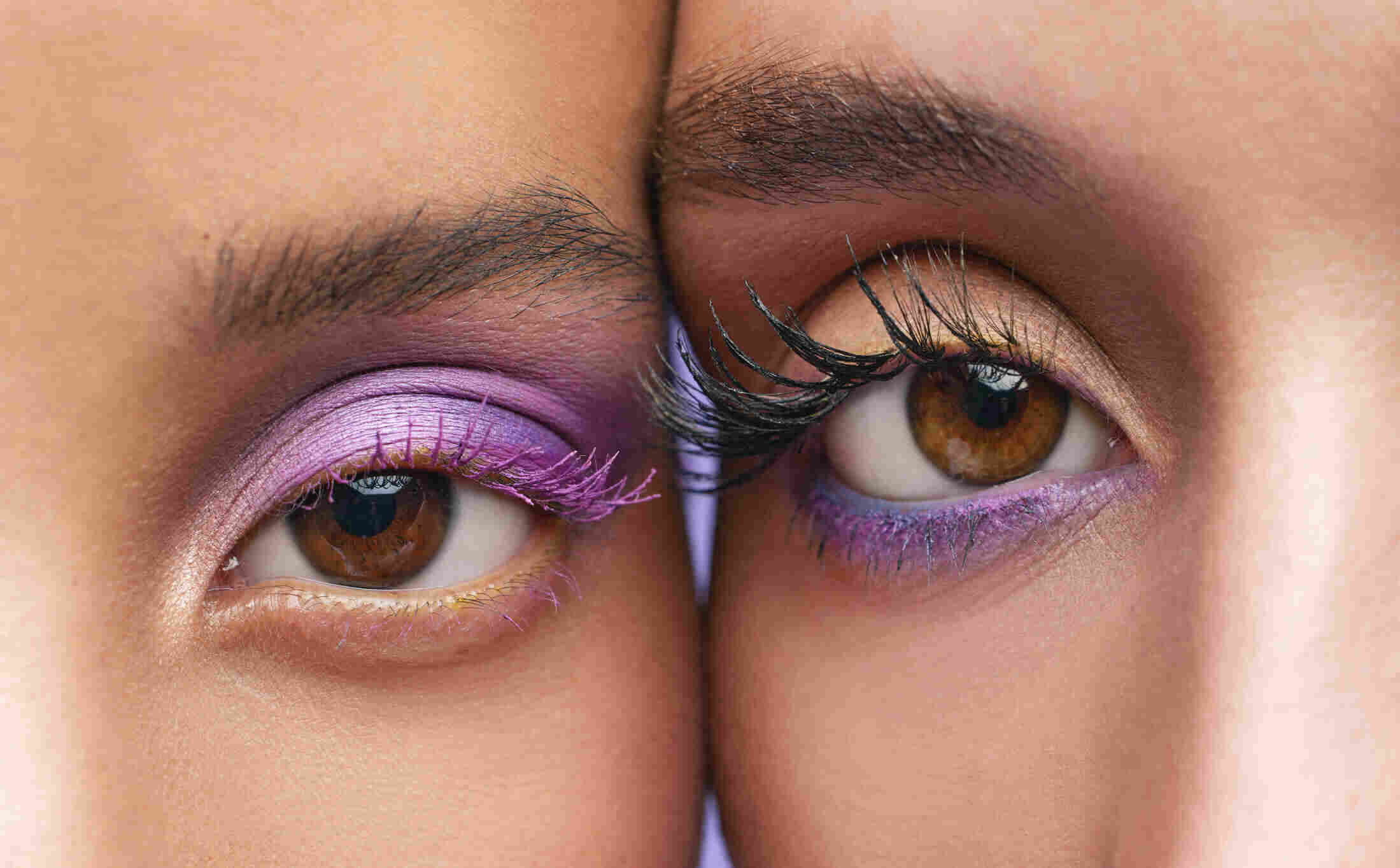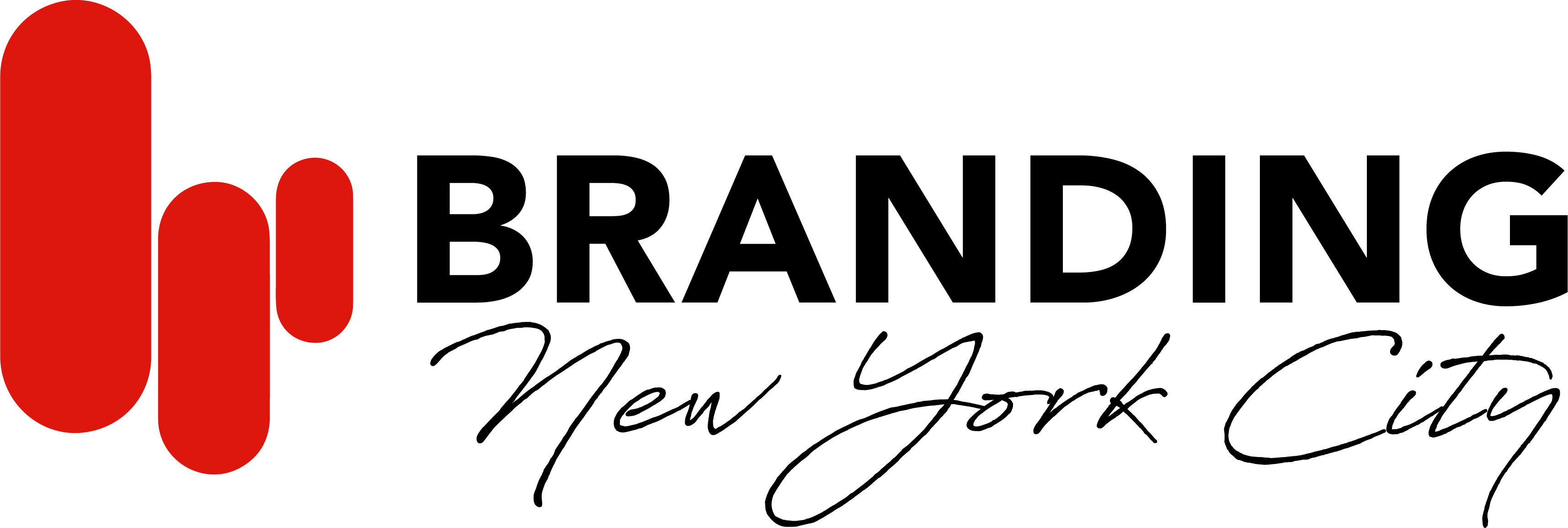Many big brands we all recognize anywhere, such as McDonald’s, Google, Coke, or Starbucks have one thing in common: a dominant and coherent branding color scheme. Let’s look at McDonald’s, they utilize red and yellow for all of their branding and advertising, but is there a deeper reason for this? Of course! We’re going to share the secret every brand should follow for success with you in this article. A New York City graphic designer knows that combining color theory with business is essential to making the most of your marketing and branding strategy. A successful approach to this includes an understanding of the artistic side of color such as history and theory, as well as a good grasp of branding, and merging the two together. To start off, let’s dive into understanding why New York City branding agencies know that color plays such an important role in branding.
Why are Colors Important in Branding?
If you take a look at the general cultural norms and associations that are found in American culture, you start to see a pattern. For example, we associate the color green with money, because our currency is green-colored paper. However, people in other countries would not necessarily understand this correlation. This is something to consider when adding your brand’s color palette: who is it targeted for? This is one example of how we can evaluate and utilize color in branding to a strategic advantage; knowing your market, and how they will perceive your brand.

Application of Branding Colors
Neuroscientists have studied consumers and found that the emotional response to a brand typically has more draw than how they think of the brand. Alongside the data on color theory and its emotional response and you have the perfect recipe for branding success.
Furthermore, repeating the same color will strengthen the awareness consumers have of your brand. You know that when you see red and yellow, it’s a McDonald’s ad, or when you see a red can, it’s Coke. When the colors are used correctly, and consistently, they become a part of the brand itself, allowing anyone to recognize and remember your products. To make matters a little clear, here are places where your brand will implement its color palette:
- Website
- In-store Design
- Logo
- Advertisements
- Storefront
- Employee Uniforms
When you hear the word “happy” it is probably going to garner a larger emotional response than hearing the word “chair”. This just shows how our emotions are affected by the content and stimuli we receive in our lives.
Emotions play a heavy role in our decision-making, so as a brand, you want to create a strong emotional relationship with the consumer. It isn’t possible to get your brand’s message across entirely in a logo design, but it is possible to utilize color as direct access to your customer’s emotions, which stick to how they think of (and remember) your brand. There have been many studies and books released on color theory and its relation to emotions, similar to how “happy” and “chair” have two very different emotional responses, colors do the same thing in our minds. What’s even more fascinating from these studies is that most people have the same emotional responses to the same colors. Yellow will evoke the same emotion in most people, while Red will evoke the same emotion breaking cultural boundaries.
Color theory is more than just having a favorite color, it goes into the science of human emotions, and the associations we have internalized. Red is the color of blood, so is typically associated with Danger, blue is a calming color that can actually lower your heart rate if you’re surrounded by it. So you can see that color theory goes far beyond just a preference, and can many times create a pretty universal language for us all.
By incorporating a uniform color scheme into everything your brand touches, you are strengthening your brand’s association and recognition in the consumer’s eye. In the end, this creates what’s known as a brand identity. While you may love the color green, it might not serve your brand’s needs, so you need to do the research, or hire a New York branding agency to help you find the perfect plan to create a strong brand identity through color.
The Perfect Way to Create a Color Palette
Of course, there isn’t a single way to choose colors for your branding plan, but there is a general path to follow. The process can be intimidating to begin, which is why hiring a New York branding agency is essential. Here are some general rules of thumb that should be followed.
-
Choose a 3 colors
The 3 colors you choose should work well together. You need to have a base color, a neutral color, and an accent color. Most color palettes for a brand include 1-4 colors with some variations of hues or tints.
-
Pick the base color
Think about all the building blocks of your brand’s personality, and choose the most important. The base color will reflect your brand’s most important personality trait. It should also be a color that will work well with the other choices in your palette.
-
Pick your accent color
The accent color choice is the second most important after the base color and will appear most often following it and in conjunction with the base. It needs to match your brand’s personality, as well as pair well visually with the base color.
-
Pick your neutral color
The neutral color will most often be the background color and doesn’t need a lot of attention. Most neutral colors are variations of gray, beige, white, and black. But be careful not to let them overtake your entire color scheme by being overused.

Picking a color palette for your new brand, and choosing a brand personality, in general, can be a difficult task. That’s why hiring a New York branding agency is vital. You have access to a team of graphic designers and marketing professionals that can create the most successful brand for you. Contact Branding New York City today to get started on your new brand.







